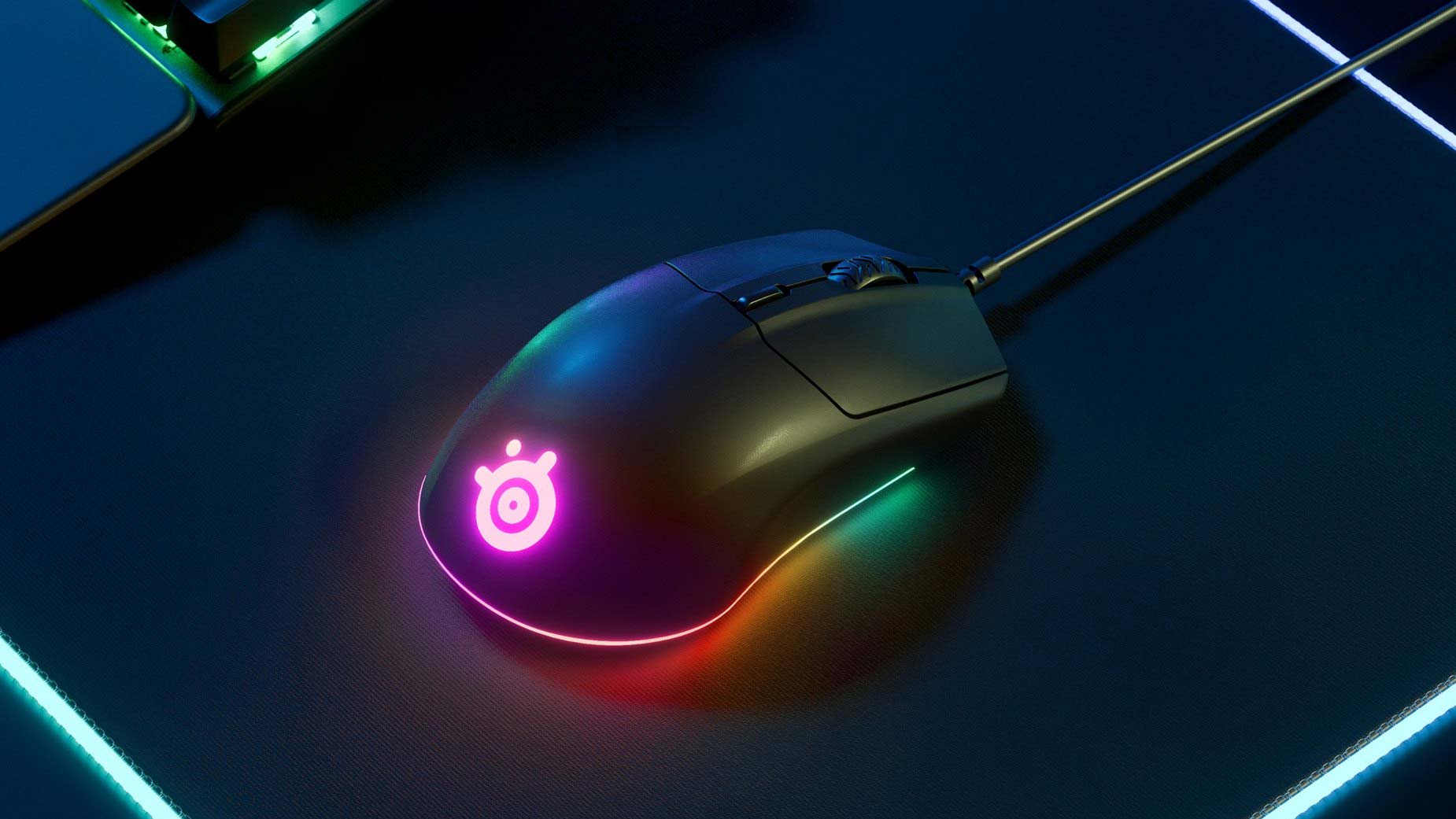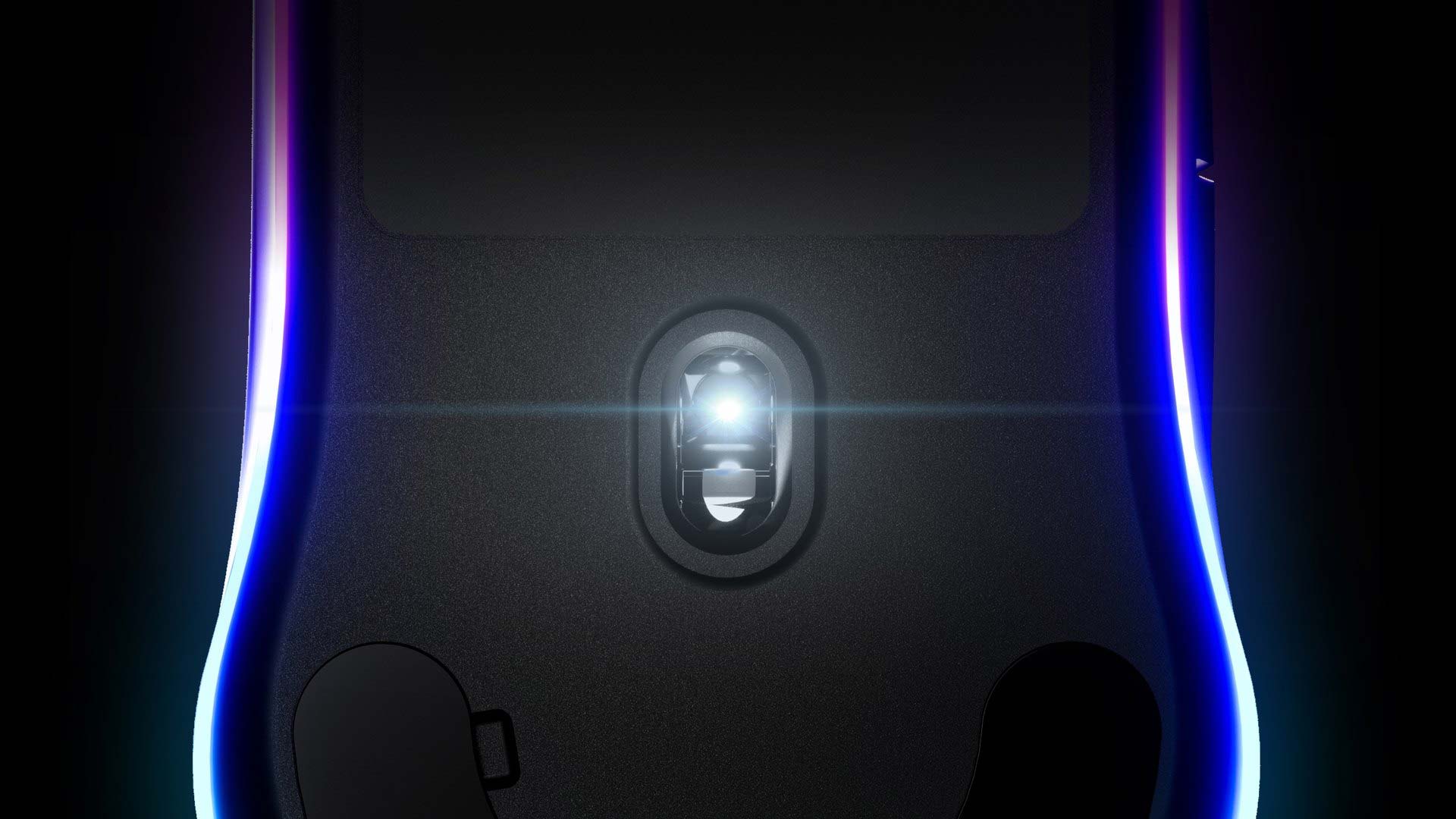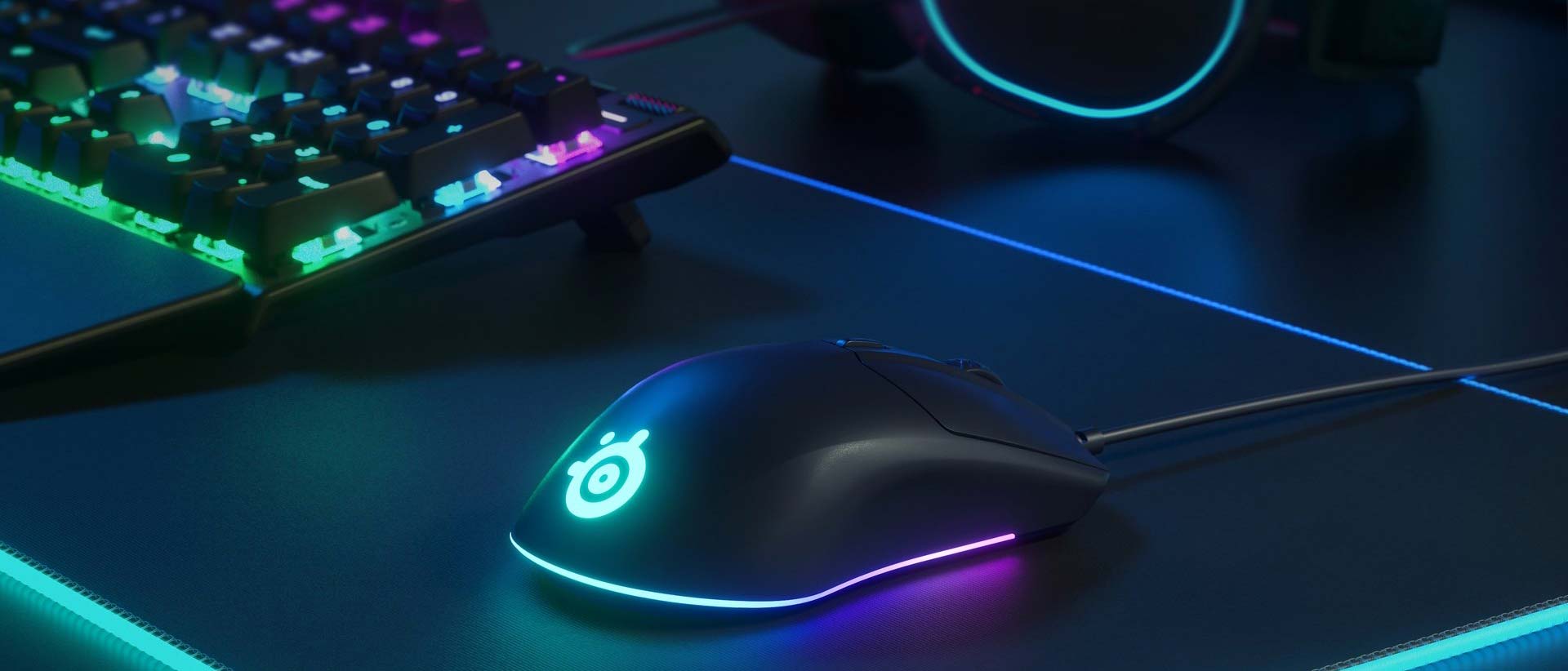Tom's Guide Verdict
The SteelSeries Rival 3 features a sleek design, programmable buttons and gorgeous RGB lighting, and it costs only $30.
Pros
- +
Great value
- +
Good performance
- +
Decent software
- +
Considerably better than comparably priced mice
Cons
- -
Some sensor oddities
- -
Not ambidextrous or ergonomic
Why you can trust Tom's Guide
Gaming mice can get incredibly expensive. Our favorite wired model, the Logitech G502, retails for $80, and wireless models can easily exceed $150, particularly if you want fancy charging mouse pads to go along with them. That's why I was incredibly surprised when I heard about the SteelSeries Rival 3. This mouse features a sleek design, programmable buttons and gorgeous RGB lighting, and it costs only $30. This is what you'd expect to pay for a cheap knockoff on Amazon, not a carefully crafted accessory from one of the best peripheral manufacturers.
And yet the Rival 3 really does deliver, for the most part. The sensor isn't as refined as it could be, the profile is surprisingly small and the design isn't ergonomic or ambidextrous — but the Rival 3 is such a good value that we're naming it to our best gaming mouse list.
SteelSeries Rival 3 design
The best word to describe the Rival 3 is "unassuming." It doesn't look cheap; the black plastic chassis has a few tasteful angles, and it's coated in a comfortable, sweat-resistant material. But the only aesthetic touch is an LED strip on the underside (which is, admittedly, a pretty cool thing to find on such a cheap mouse). The device measures 4.8 x 2.3 x 0.9 inches, making it both very small and very low to the ground.

While there's no hard-and-fast definition of "ergonomic," I still don't think the Rival 3 really counts as an ergonomic mouse. Its design is nearly symmetrical, and there are no finger rests, textured grips or comfortable angles. This isn't really a problem, except that when gaming mice aren't ergonomic, they usually go for ambidextrous designs instead.
The Rival 3 isn't truly ambidextrous, either, since it has two thumb buttons on the left but nothing on the right. Adding two more buttons would have increased the price, and leaving buttons out would have made the mouse less versatile, though, so perhaps this is just how things have to be at this price.
The Rival 3 has a left button, a right button, a clickable scroll wheel, a dots-per-inch (DPI) adjustment button and two thin thumb buttons. At the bottom of the mouse, there's a colorful LED strip; there's also a light-up SteelSeries logo on the palm rest. The mouse accommodates both claw and fingertip grips, but it's not nearly big enough for palm-grip players, especially those with big hands.
SteelSeries Rival 3 features
The Rival 3 runs on the SteelSeries Engine 3 software, which is generally comprehensible and easy to use. You can reprogram buttons, create macros, adjust DPI levels and change the RGB lighting options.
Let's get the bad stuff out of the way first. The LED strip is not nearly as smooth as what you get on fancier SteelSeries mice. Color changes didn't flow very well across the three lighting zones, although the brightness and richness of each color looked pretty good. And lighting doesn't sync with other SteelSeries gear, meaning you'll have to set up lighting profiles manually for each device.
- The best gaming mice
Otherwise, the software is straightforward enough. Programming commands feels simple, and you can cycle through up to five DPI levels. When you create individual profiles for games, though, just bear in mind that you can't sync them across multiple gadgets. As with the lack of light syncing, this creates a little extra busywork that isn't required for fancier SteelSeries products.
SteelSeries Rival 3 performance
Overall, the Rival 3 performed well across multiple games, including Overwatch, Age of Empires II: Definitive Edition, Thronebreaker: The Witcher Tales and World of Warcraft. I took a few minutes beforehand to reprogram the thumb buttons for each title. Having suffered through the subpar performance of some truly cheap gaming mice, it was an absolute pleasure to find that the Rival 3 (with the proper mouse pad) is almost as good as any of SteelSeries' higher-end models, at least for casual play.

The main reason the Rival 3 is so much cheaper than other SteelSeries mice is it uses a TrueMove Core Optical Sensor rather than a TrueMove 3. This sensor caps out at around 8,500 DPI, compared with 12,000 DPI for the TrueMove 3. That's not a problem, as you'll never need to set the DPI that high — but it does indicate that the sensor is less powerful.
As a result, I don't recommend that you use the Rival 3 on a hard mouse pad. My cursor flew every which way every few seconds, meaning that the sensor was not tracking my movements correctly because of the surface. Luckily, this issue dissipated when I transitioned to a wooden desk surface, then to a soft mouse pad.
Bottom line
While I don't love everything about the Rival 3, it's hard to deny just how much mouse you get for $30. This isn't a shoddy knockoff from some copycat on Amazon; it's a real, full-featured gaming mouse from a top-tier manufacturer, and it costs less than half the price of most major gaming mice. The sensor isn't as precise as it could be, and the design is unambitious. But from a sheer value perspective, the Rival 3 is hard to dismiss.
There are no other modern gaming mice from major companies in this price range, as far as I know. So if $30 is what you're looking to spend, this is the mouse to get. If you can save up another $20, check out the Corsair Harpoon RGB Wireless, but you could also spend that $20 on a cheap game and let the Rival 3 carry you to victory.
Marshall Honorof is a senior editor for Tom's Guide, overseeing the site's coverage of gaming hardware and software. He comes from a science writing background, having studied paleomammalogy, biological anthropology, and the history of science and technology. After hours, you can find him practicing taekwondo or doing deep dives on classic sci-fi.


